How Social Media Has Changed the Arts and Culture Scene
Social media has had a huge impact on the arts and culture scene, from providing a platform for artists to share their work with a global audience to creating a space for conversations and collaboration around different art forms. In this article, we explore the ways in which social media has influenced the arts and culture scene, including its impact on how we view and consume art, how it has allowed for greater collaboration and dialogue between artists and art lovers, and how it is changing the way art is created and shared.
Positive Effects of Social Media on the Arts and Culture Scene
One of the biggest advantages of social media in the arts and culture scene is that it has enabled artists to share their work with a much larger audience than before. Through platforms such as Instagram, Twitter, and YouTube, artists can reach people all over the world. This has allowed artists to build a global fan base and to gain more recognition for their work.
Social media has also allowed for greater collaboration and dialogue between artists and art lovers. Through platforms such as Facebook and Reddit, artists can connect with other artists and art lovers to share their work and discuss different topics related to art. This has created a space for people to come together to share ideas and gain inspiration.
Finally, social media has changed the way art is created and shared. Artists can now create and share their work digitally, without the need for physical materials. This has enabled artists to create and share their work more quickly and easily than ever before.
Negative Effects of Social Media on the Arts and Culture Scene
However, there are also some negative effects of social media on the arts and culture scene. One of the biggest issues is the commodification of art, where art is seen as a product to be sold rather than a form of expression. This has led to a market-driven approach to art, where artists are expected to produce work that appeals to a mainstream audience in order to make money.
Another issue is the proliferation of low-quality art, as anyone with access to a computer can create and share their work. This has led to a lot of noise on social media, which can make it difficult for artists to be discovered. It can also be difficult to create meaningful connections with other artists and art lovers on social media, as conversations can be drowned out by the sheer volume of content.
The Future of Social Media and the Arts and Culture Scene
It is clear that social media has changed the way we view and consume art, and it is likely to continue to play an important role in the arts and culture scene in the future. As technology continues to evolve, social media platforms will continue to change and adapt to meet the needs of artists and art lovers. In the future, we may see more specialized platforms that cater to specific art forms or communities, as well as new algorithms and tools that help artists connect with their audiences.
It is also likely that social media will continue to have both positive and negative effects on the arts and culture scene. While it has enabled artists to reach a larger audience and to collaborate with other artists, it has also led to commodification and a proliferation of low-quality art. As technology continues to evolve, it will be important to find ways to promote meaningful connections and conversations between artists and art lovers, and to ensure that quality art is rewarded.
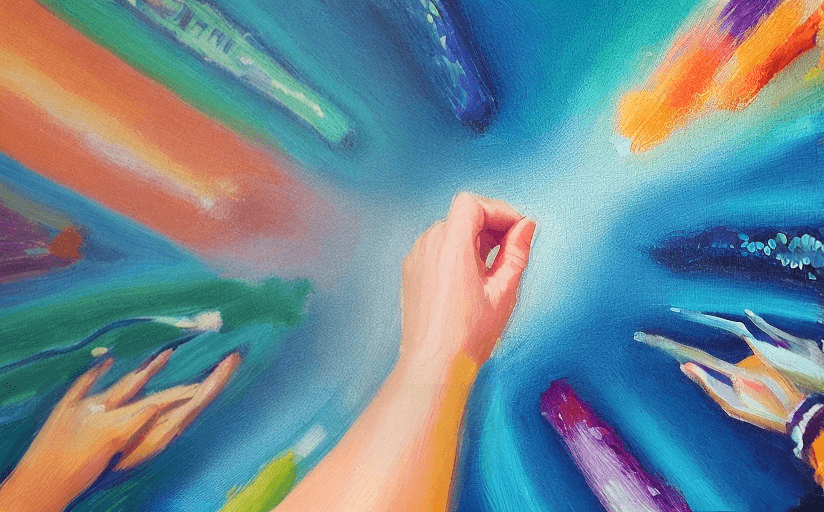

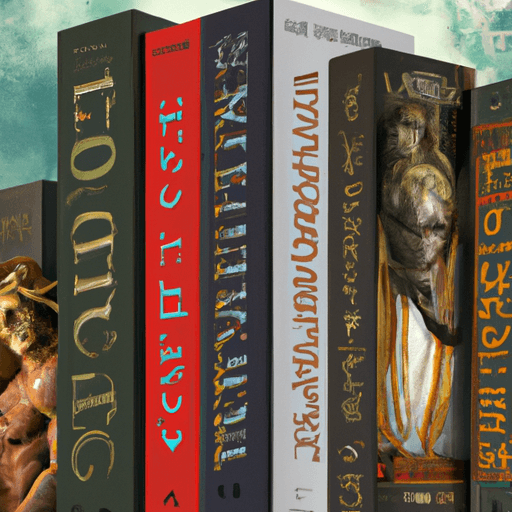
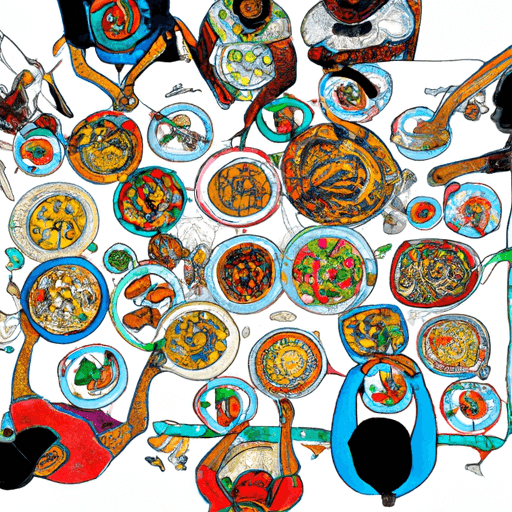



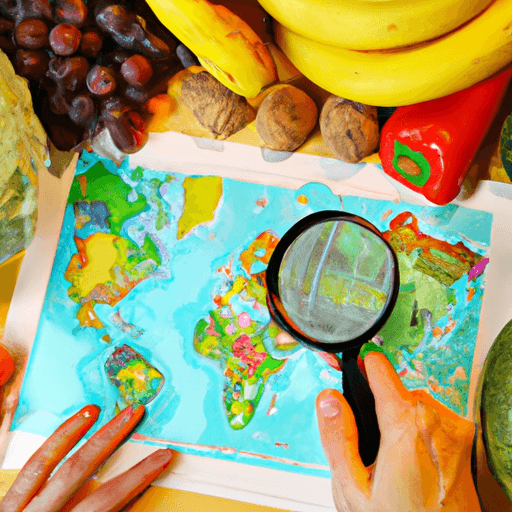
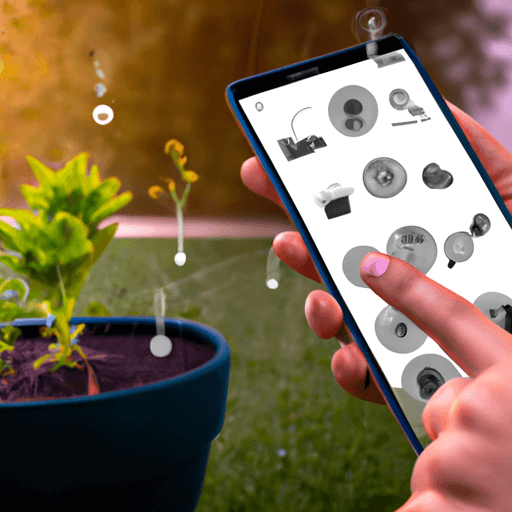

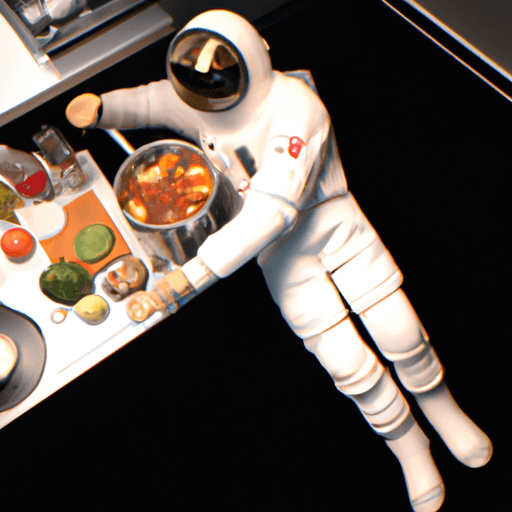


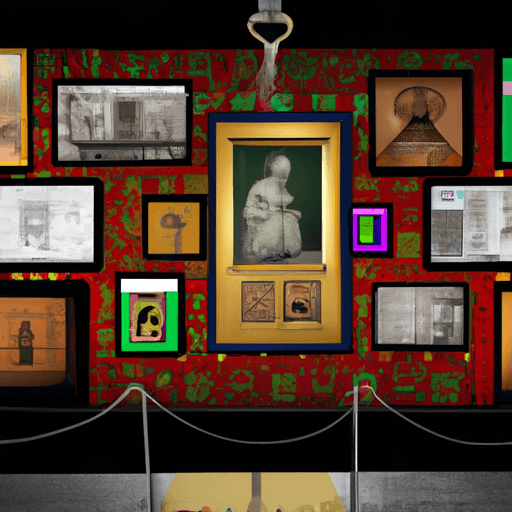


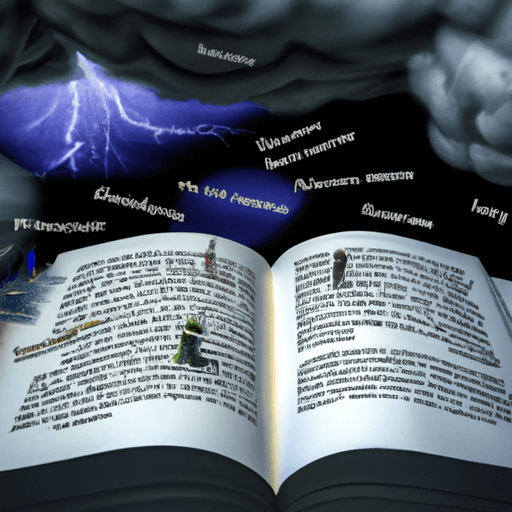
Comments
Leave a Comment